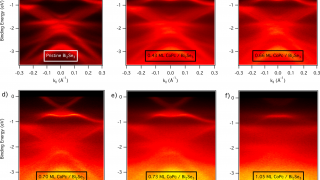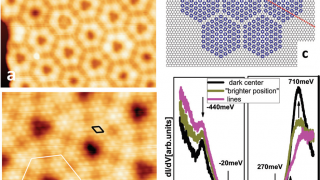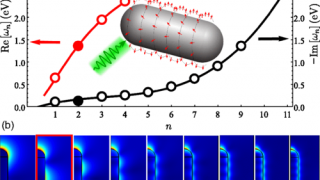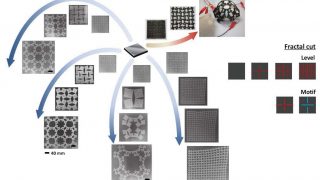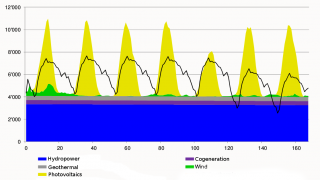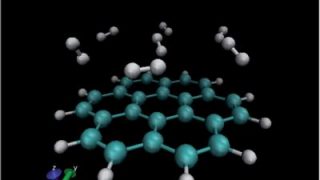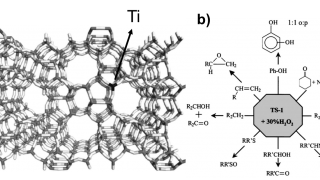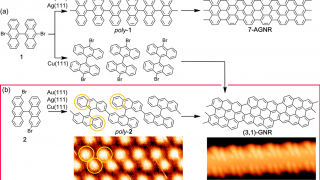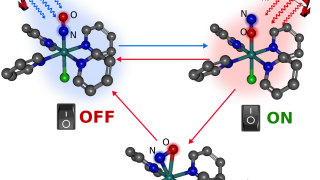
Growing hamburgers on a petri dish
The other day I came across an article about the revolution of cultured meat at El País Semanal, although that was not the first time I read about this. Still, I have to admit is such a shocking subject that I thought it may deserve a post explaining how advanced this technology is at the […]
